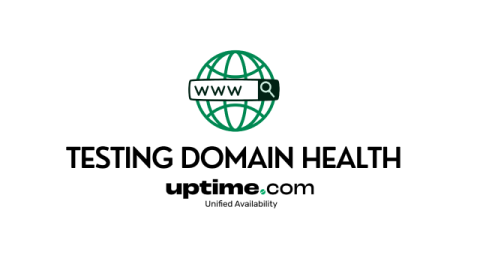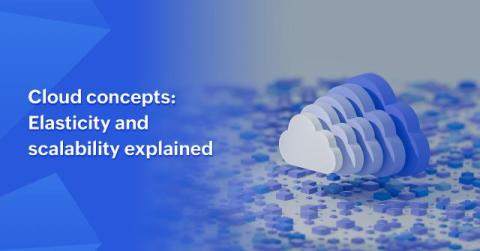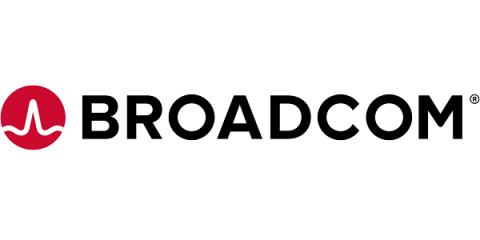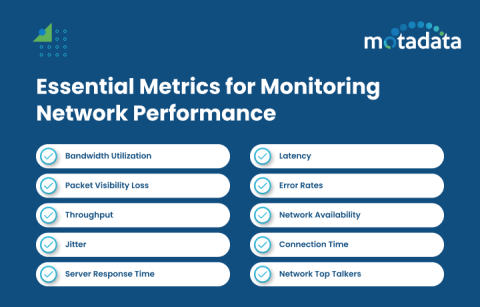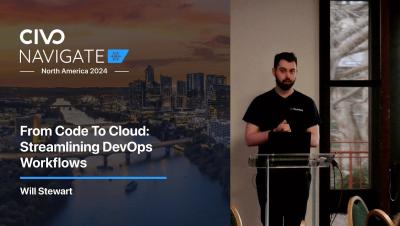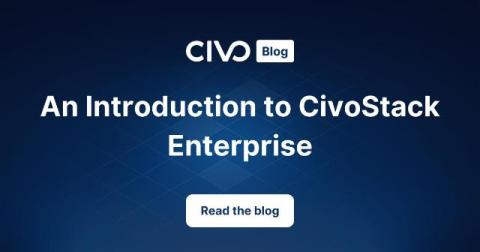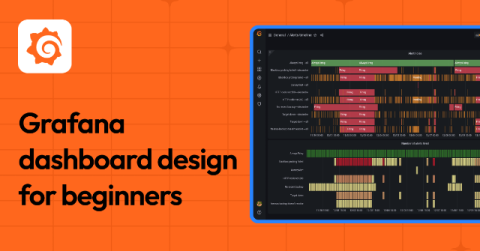Building an AI Assistant in Splunk Observability Cloud
Splunk Observability Cloud is a full-stack observability solution, combining purpose-built systems for application, infrastructure and end-user monitoring, pulled together by a common data model, in a unified interface. This provides essential end-to-end visibility across complex tech stacks and various data types, such as metrics, events, logs, and traces (MELT), as well as end-user sessions, database queries, stack traces and more.



